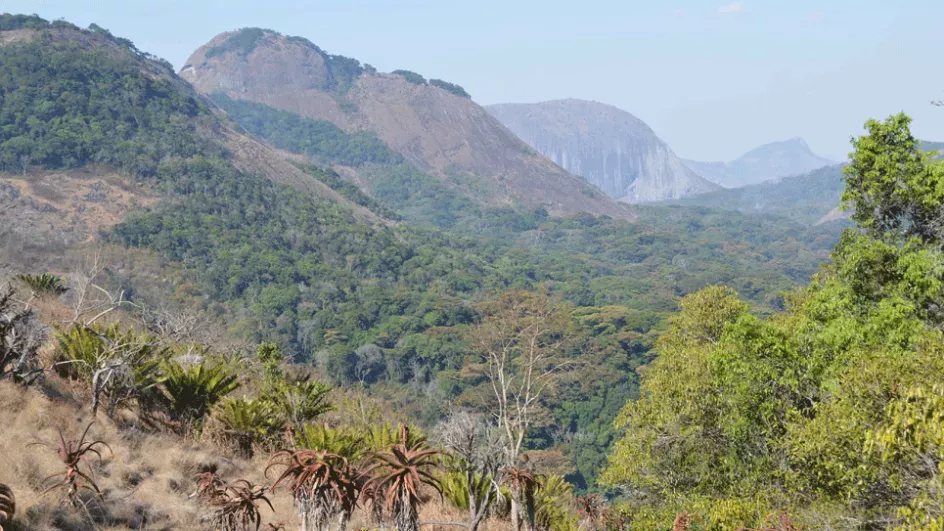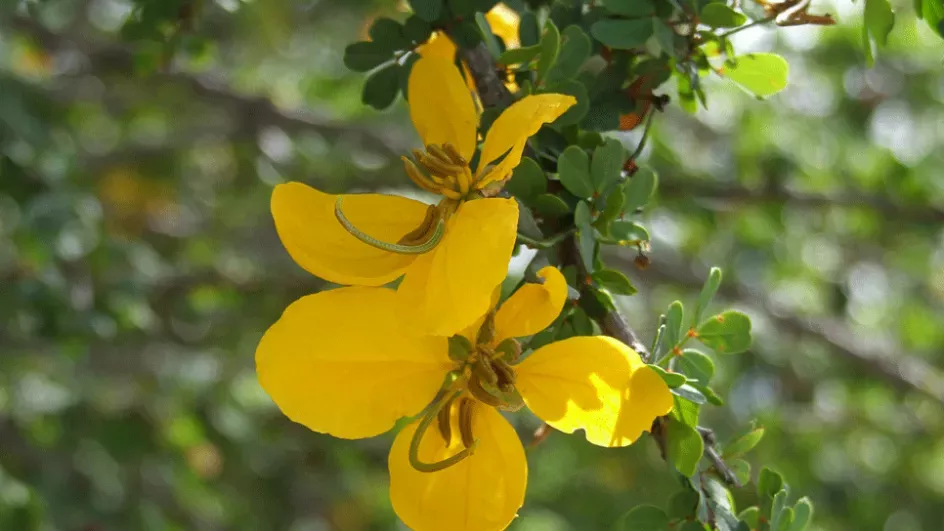Conservation Science
The Conservation Science Department undertakes rigorous, evidence-based research and conservation activities to improve the global outlook for biodiversity.

Head of department: Dr Colin P Clubbe
Working with partners in the UK and overseas, the Conservation Science department generates evidence to enable monitoring, conservation and evaluation of the status of the world’s plants and the habitats they comprise. We employ a diverse range of techniques combining in situ and ex situ approaches.
Department priorities
- Conservation Assessment and Analysis Initially focusing at the species level, utilising Kew’s collections (particularly herbarium specimens) and employing novel techniques to scale-up the production of plant Red List assessments to better understand extinction risks in plants. Along with data on habitats, protected area networks and future climate scenarios, employing relevant analytical methods to enable more effective conservation prioritisation of plants and ultimately a better understanding of the status of the world’s plants.
- Conservation Genetics Undertaking studies in population genetics, phylogenetics and genome size, using high-throughput sequencing technology and other relevant techniques to ensure that conservation actions are based on sound genetic evidence.
- UK and Islands Working in the UK, UK Overseas Territories and Madagascar we provide baseline science to underpin conservation policies for plants and fungi. Our activities comprise: plant inventories, conservation assessments, collections, and recommendations for in situ and ex situ conservation management.
- Seed Conservation Working with our international partners to undertake geographically-focused seed collecting to bank 25% of the world’s bankable plant species at the Millennium Seed Bank and Partner Seed Banks worldwide by 2020; undertaking research to improve seed conservation outcomes.
Department teams
-

Conservation Assessment and Analysis
We study the patterns and processes underlying documented threats and reported extinction risk. Our research questions are framed at global level or focused on groups or areas of particular conservation concern.
-

Conservation Genetics
Using modern techniques to investigate the genetics of species in need of conservation, including endangered species and crop wild relatives, and to clarify their relationships within and between species.
-

Seed Conservation
Co-ordinating the Millennium Seed Bank Partnership to conserve the world’s seeds through seed banking and related technologies; undertaking problem-driven research to improve seed storage.
UK and Islands
-

UK team
Maintaining and enhancing the UK seed collections and associated knowledge at the Millennium Seed Bank. Our three closely-related projects are: UK Flora Project, UK National Tree Seed Project and UK Native Seed Hub.
-

UK Overseas Territories team
Documenting and conserving the flora of UK Overseas Territories and identifying Tropical Important Plant Areas. Our team works with overseas partners both conserving and managing their unique biodiversity.
-

Madagascar team
Developing and implement innovative technologies and research to increase data, understanding and evidence to help solve the most critical issues facing biodiversity, natural capital and livelihoods in Madagascar.